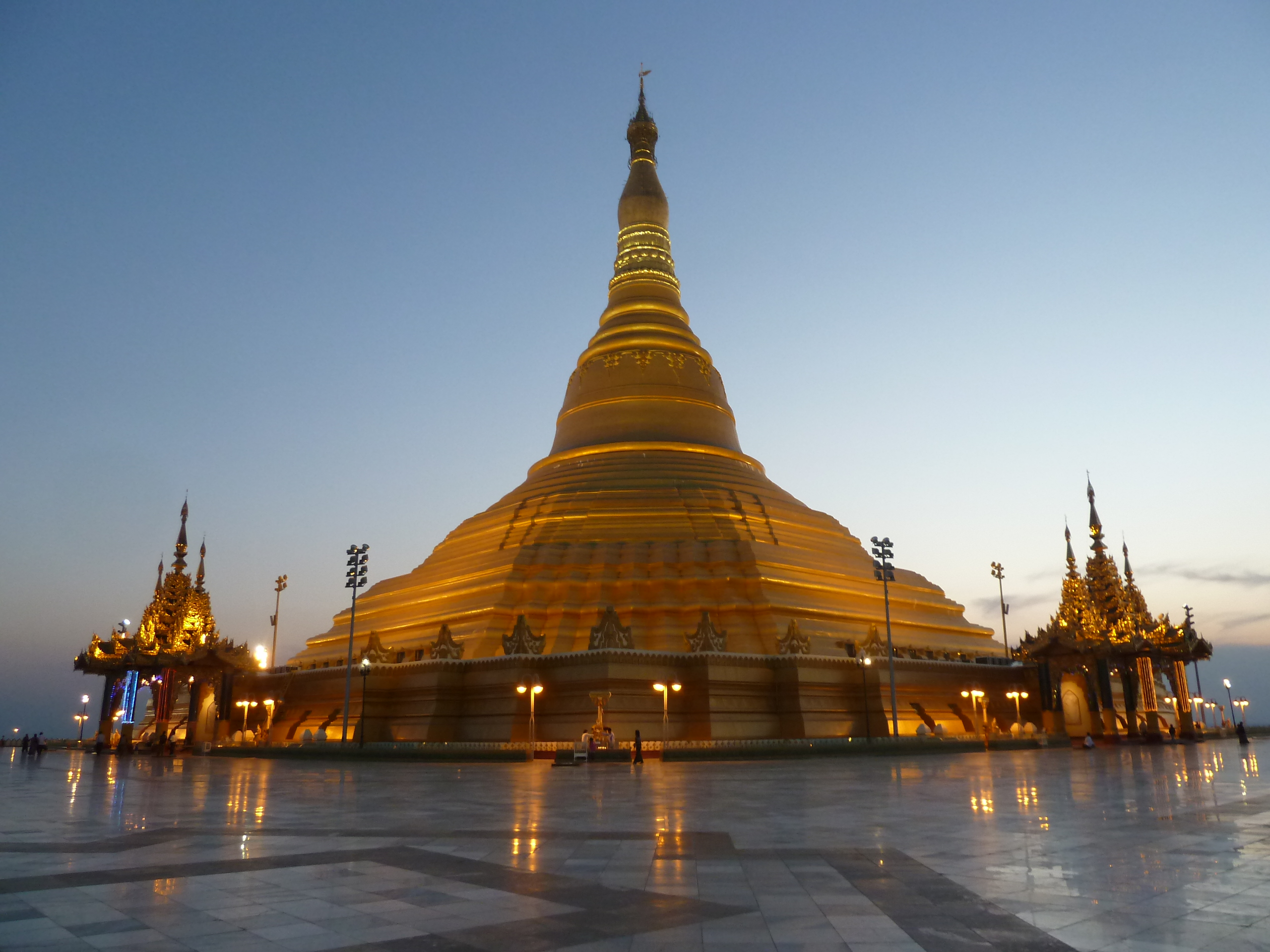Griffith Asia Institute members Dr Stephen McCarthy and Dr Andrew Selth recently made research trips to Burma (Myanmar). They have been following developments there for many years, but both were struck by recent changes.
There is a wide consensus among experienced Burma-watchers that the country has changed more over the past three years, than at any time since the 1988 pro-democracy uprising — indeed, since the 1962 coup that ushered in the world’s most durable military dictatorship.
In 2010, a ‘managed’ national election was held and opposition leader Aung San Suu Kyi was released from house arrest. The following year, a hybrid civilian-military parliament met in the capital, Naypyidaw. A new government was formed under President Thein Sein, who immediately announced an ambitious program of political, economic and social reforms. In 2012, by-elections were held which saw Aung San Suu Kyi and 42 other members of the National League for Democracy become MPs.
Although the armed forces remain the most powerful political institution in Burma, and human rights abuses continue to occur, there is now a palpable sense of freedom – at least in central Burma where most of the population lives. People speak much more openly about the country’s many complex problems, the press is surprisingly frank about the shortcomings of the government and security forces, and there are no obvious restrictions on use of the internet. Local booksellers offer a wide range of foreign publications, some of which are quite critical of past and current governments.
Once spoken about in hushed tones by a fearful (but adoring) public, Aung San Suu Kyi’s picture is now found everywhere – in newspapers and magazines, on calendars and posters, even on T-shirts, baseball caps, key-rings and fridge magnets. One souvenir prized by many foreign visitors is a coffee mug showing her in a rather awkward embrace with US President Barak Obama. Her books – or at least pirated versions of them – are openly on sale in book shops and on the street.
Another change that immed- iately strikes anyone familiar with Burma a few years ago is the increased traffic on the roads. Instead of converted Second World War vintage buses and small, locally-built versions of Japanese pickup trucks, Rangoon’s streets are now jammed with modern motor cars. Mandalay, which used to be a relatively quiet old city characterised by bicycles and horse-drawn gharries, now teems with cheap Chinese motor bikes. It is no wonder that the police claim the number of traffic accidents – and traffic offenses – are soaring.
iately strikes anyone familiar with Burma a few years ago is the increased traffic on the roads. Instead of converted Second World War vintage buses and small, locally-built versions of Japanese pickup trucks, Rangoon’s streets are now jammed with modern motor cars. Mandalay, which used to be a relatively quiet old city characterised by bicycles and horse-drawn gharries, now teems with cheap Chinese motor bikes. It is no wonder that the police claim the number of traffic accidents – and traffic offenses – are soaring.
There is still ample evidence of poverty in Burma, but most markets are overflowing with a wide variety of foodstuffs, and cheap consumer goods from China and Thailand are readily available. For the right price, it is now possible to buy everything that, not so long ago, could only be found on the black market – or under the counter. Increasingly, traditional street markets in the cities are having to compete with modern supermarkets and shopping malls.
Another notable change in Burma, particularly since Aung San Suu Kyi relaxed her opposition to tourism, is the influx of foreigners. According to Burmese records, two years ago the country hosted about 200,000 tourists. Last year there was over a million, drawn in roughly equal numbers from Asia and Western Europe. This year the number is expected to rise even higher. Tourism officials recently admitted that they had underestimated the influx by a factor of five and recognized the need to expand the country’s limited hotel facilities.
At the same time, there has been a flood of officials, businessmen, consultants, academics and journalists – and doubtless a fair sprinkling of carpetbaggers – all looking to take advantage of Burma’s dramatic opening under Thein Sein.
All these developments have put Burma under considerable strain. The President’s office, the ministries and the country’s small bureaucracy are struggling to meet all the demands being made upon them. The country’s infrastructure is finding it difficult to cope with the sudden increase in economic activity and the larger number of foreign visitors. The natural environment, already suffering from the former government’s exploitative policies, is in some areas facing severe degradation. In the cities, Burma’s beautiful colonial-era buildings are under increasing threat from developers.
As described in a recent Australian National University study, all these developments are having a marked effect on Burmese society. No longer subject to the military regime’s strictures against ‘alien cultural influences’, many young Burmese have openly embraced Western styles of dress and music. Modern consumer goods such as mobile phones are in great demand. Of particular concern has been a perceived weakening of traditional cultural values, such as respect for teachers and elders. The level of violent crime has increased and corruption remains a major problem.
Ironically, many of these changes are occurring because there is no longer a tough, conservative and in many ways isolationist military government in Naypyidaw restricting Burma’s foreign contacts, behaviour and aspirations. While they have been welcomed by most Burmese, they are seen by many as a mixed blessing. As one old Burma Hand observed recently, quoting the Irish poet W.B. Yeats, ‘all is changed, changed utterly: a terrible beauty is born’.
